Being able to take vivid, memorable photographs is a talent. But simple shooting rules can be learned with a few simple tips.
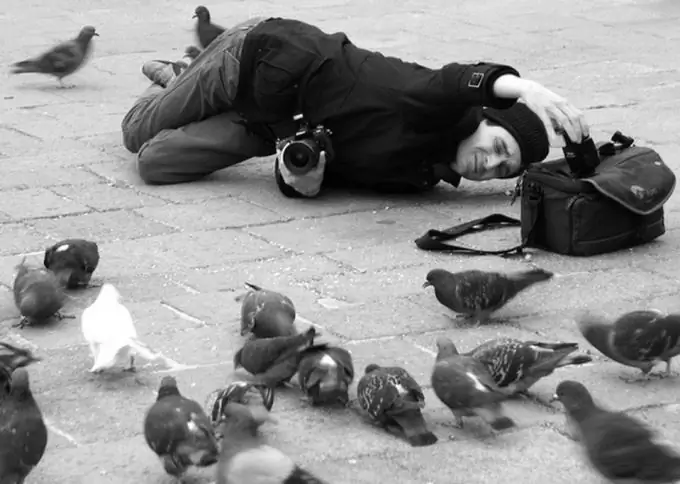
Lighting is one of the main ingredients for a successful shot. There should be enough light, but it shouldn't dazzle. Do not take pictures against the sun. The Golden Hours - about an hour after sunrise and one hour before sunset - are considered by many photographers to be the best time to photograph.
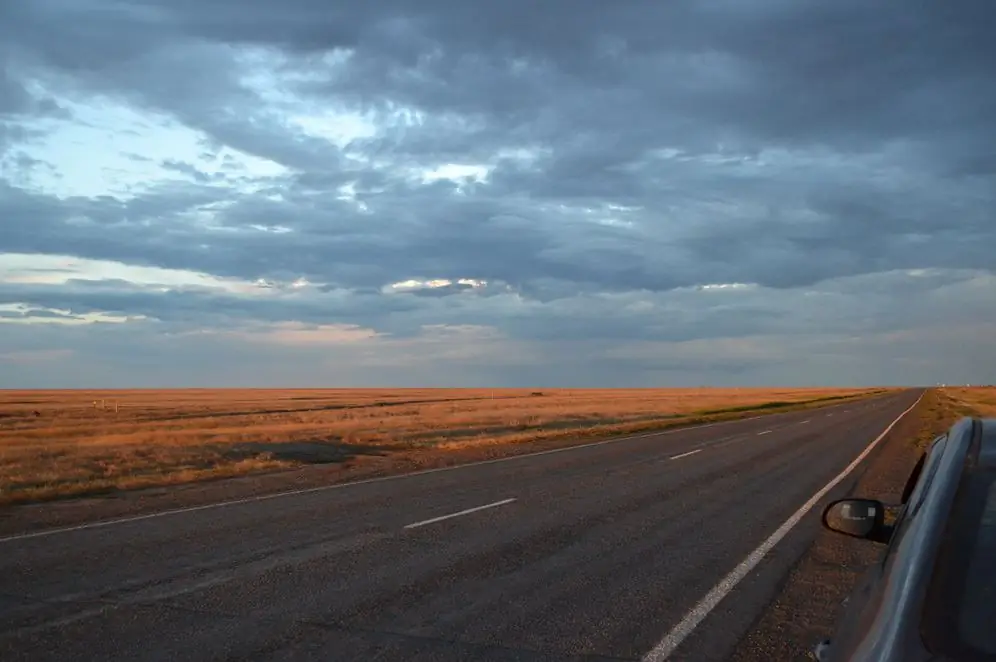
Frame composition - the best visual perception is facilitated by the use of the “golden ratio” rule: the human eye is automatically attracted by the points of intersection of lines, so the object must be placed either at these points or along the lines.
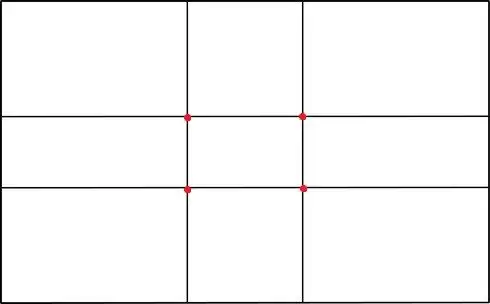
In a simplified way, you can use the rule of thirds. And since we are used to reading and writing from left to right and from top to bottom, the most advantageous position for the object is the upper left point (a person subconsciously first looks at this particular area of the photo).
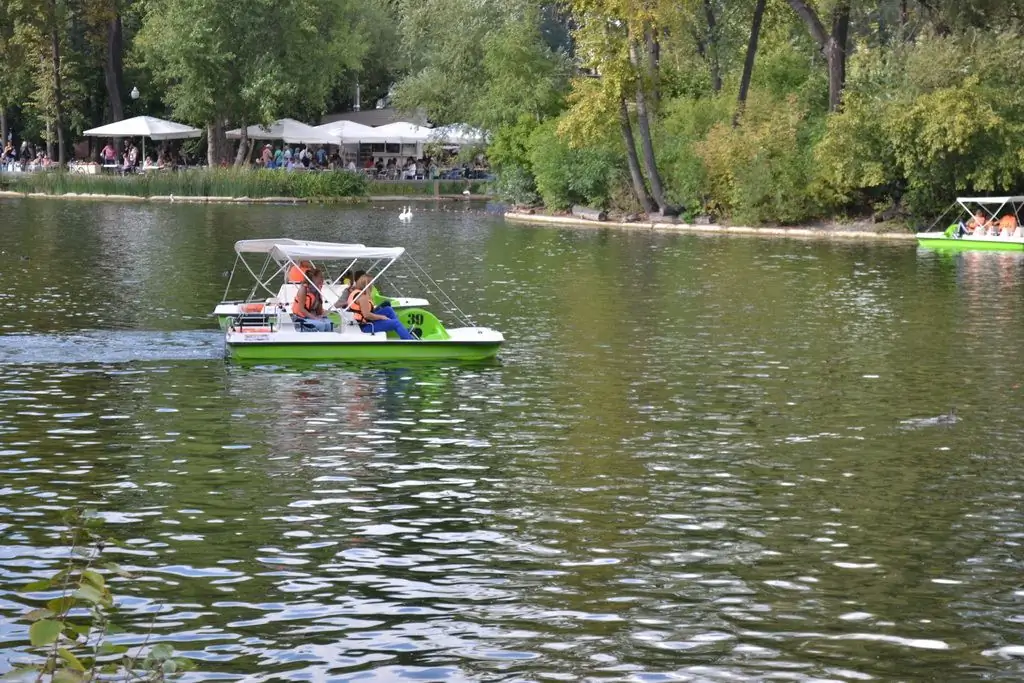
In addition, as shown in this photograph, it is better to leave space (room for perspective) in front of a moving subject, rather than make it “disappear” from the picture.
Of course, the object can be positioned strictly in the center. This is suitable for static, calm photographs.
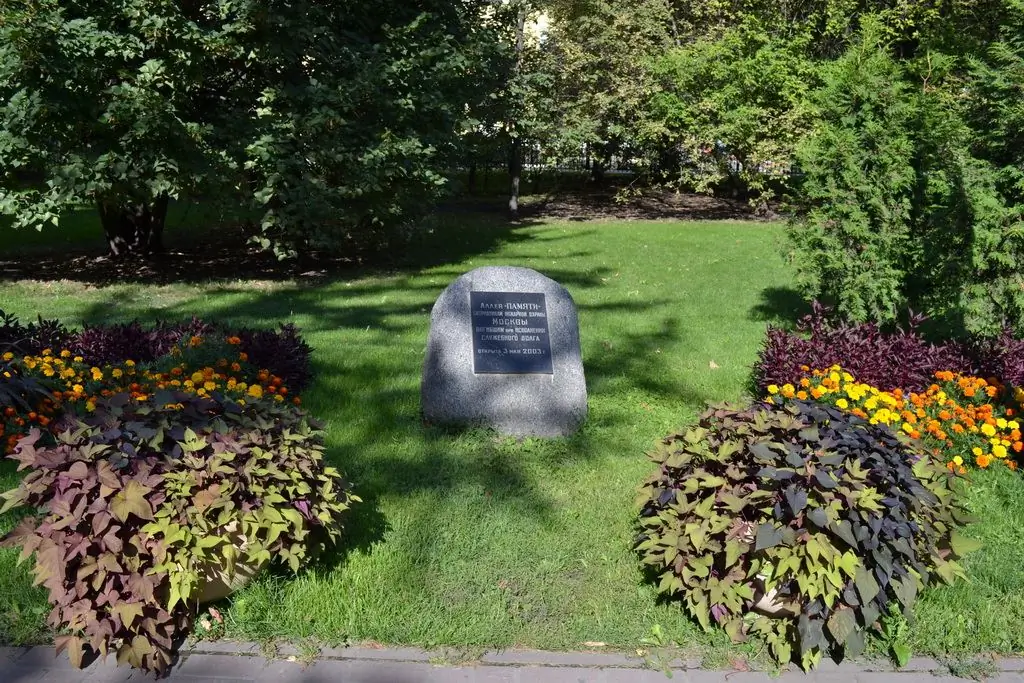
Also, the rule of thirds applies to the sky / water (earth) division. The part on which you want to emphasize is left more.

Diagonals (roads, stairs, rivers) look interesting and make photos more dynamic.

For a more voluminous frame, you can use natural frames - branches, trees, leaves, etc. You can also take pictures from various windows, slots, even through your own bracelet!

Of course, photography is an expression of the author's thought. Always try to bring something of your own into the frame.
Using reflection (it can be found in anything - glasses, a lake, any shiny surface).

The concept of "speculation" in photography: photos of children (especially of other nationalities), elderly people, animals. These photographs are usually eye-catching and do not leave you indifferent.
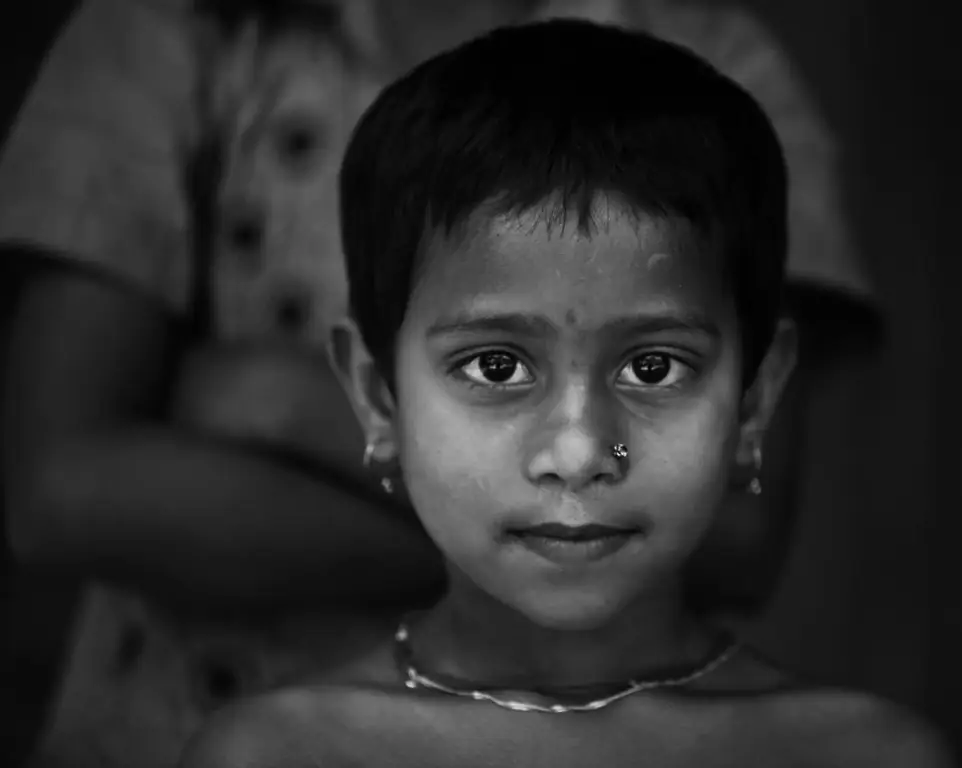
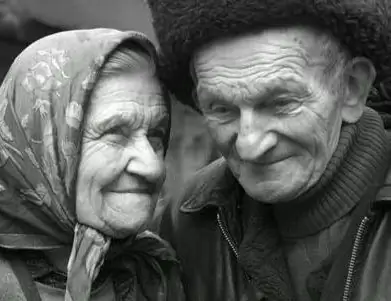
Experiment with the angle! Bend over, squat down, especially when photographing children and animals.
Try to avoid gross mistakes - "blocked" horizon, "cut off" limbs in people.






